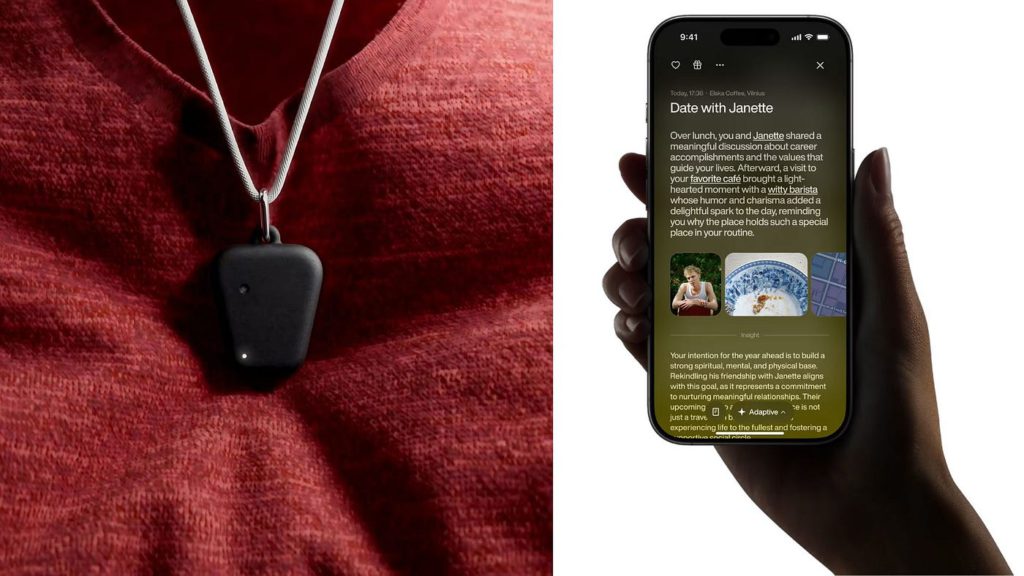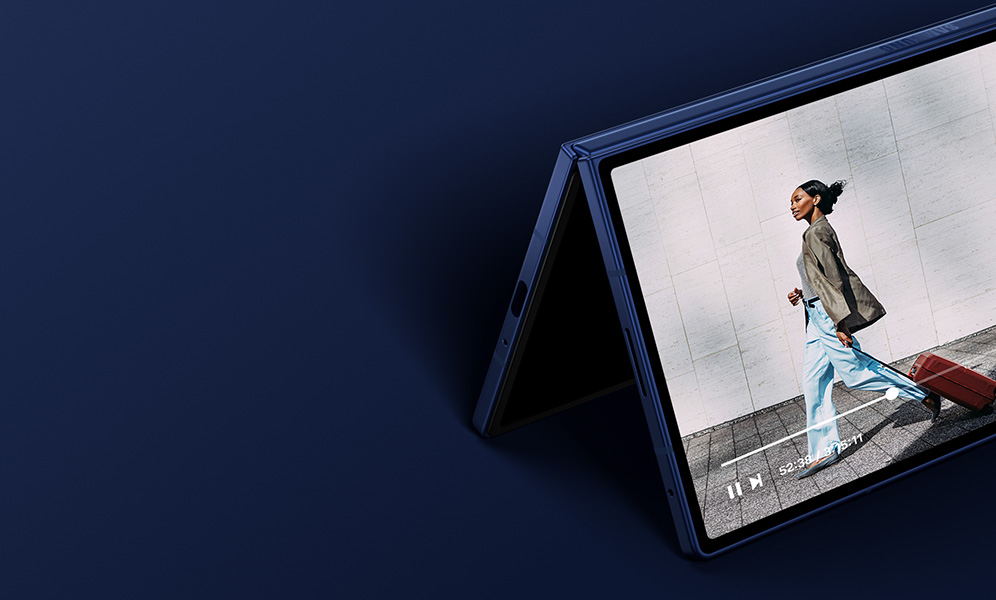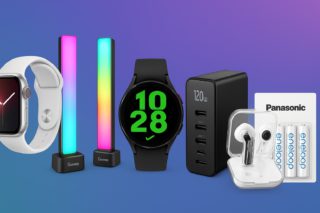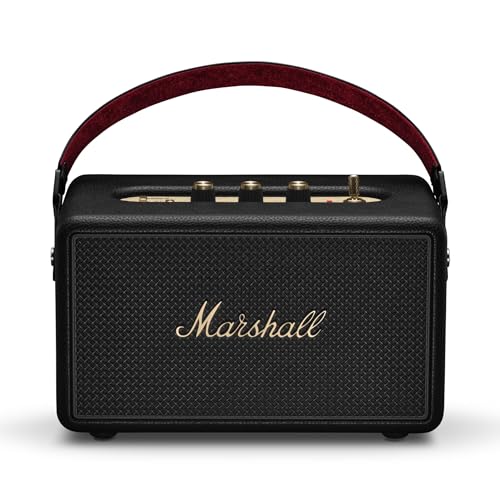This content was created in partnership with Fieldy.ai. While they supported this post, the insights and opinions are independently mine.
It’s official: the future now fits in your pocket, perches on your collar, and occasionally folds itself in half. From memory-recording pendants to titanium mood rings and AR shades straight out of a sci-fi reboot, tech’s most interesting new gadgets are less about flash and more about fusion—the seamless blend of human intuition and machine intelligence.
These are tools that think, listen, and translate before you even ask. Whether it’s a holographic portrait that bends light into art or a humanoid robot that finally makes good on The Jetsons’ promise, every device on this list redefines what it means to own technology.
1. Fieldy AI Pendant

It’s like having a personal court stenographer who never needs coffee breaks.
The Fieldy AI Pendant is a feather-light 25-gram wearable that automatically records, transcribes, and summarizes your conversations—no phone juggling, no frantic note-taking. Just clip it to your shirt, and your own personal AI note taker quietly does the mental heavy lifting while you stay present in the moment.
Used by thousands of professionals, educators, and even neurodivergent users who need a little extra recall power, Fieldy runs on a privacy-first design with encrypted storage and a one-click mute switch. Once connected to the Fieldy mobile app, it syncs with Google Calendar and Microsoft Outlook, auto-recording meetings and delivering AI-generated summaries straight into your event notes.
It recognizes up to six speakers, supports over a hundred languages, and lets you search every conversation you’ve ever had—like having a second brain with better indexing. The pendant retails for $149, includes 150 free recording minutes per month, and offers tiered subscription plans up to unlimited use. Think of it as your memory’s new hard drive—discreet, tireless, and smarter than your last intern.
2. Meta Ray-Ban Display

Ray-Ban meets rocket science in a 70-gram package that finally makes AR wearable.
Meta’s Ray-Ban Display glasses are working to change how we see the world—literally. Forget bulky headsets; these Ray-Bans can snap photos, record videos, and stream your favorite tunes, all while looking effortlessly cool—think James Bond, if Bond had to take a Zoom call from a ski lift.
Need to haggle like a local when you’re traveling? The glasses offer real-time translation, visually overlaying prices and quips. With built-in AI, you can identify that mysterious fruit you’ve never seen and instantly access its nutritional info. Consider it a cheat code for your next global adventure, minus the ethical quandaries of cultural appropriation.
3. Samsung Galaxy Ring

Think that annual checkup is all you need? This little ring gives you the inside scoop on your body’s daily dramas.
Launching in 2025, Samsung’s Galaxy Ring is the company’s sleekest health wearable yet, designed to make your smartwatch feel like a dinosaur. The titanium band silently tracks sleep quality, heart rhythm, temperature, and even stress patterns, feeding that data to Galaxy AI for predictive wellness insights. Forget waiting for your doctor to nag you—now you’ll know you’re dehydrated before your skin starts resembling beef jerky.
The global wearable health tech market was valued at $61 billion in 2022 and is projected to more than double by 2030, so strap in for a wild ride into personalized health metrics.
4. Samsung Galaxy Z Fold 7

It’s like the mullet of phones—business in the front, party in the back, kinda genius.
When you whip out your phone and it’s suddenly tablet-sized—boom, welcome to foldable life. Samsung’s Galaxy Z Fold 7, with its refined crease-control hinge, brighter AMOLED interior display, and smarter Gemini-powered software tricks, leads the pack. The durability? Still kinda sus. And the price? Still a whole mortgage payment. But when you unfold that slick 7.6-inch Dynamic AMOLED 2X panel in public, you own the room.
It’s perfect for creators, travelers, productivity fiends, and anyone who’s ever wished their phone could double as a portable cinema. Until Samsung finally cracks the longevity puzzle—fewer creases, fewer failures—it stays more of a high-status flex than a legit everyday essential.
5. Looking Glass Portrait

Tiny Princess Leia begging Obi-Wan for help on your coffee table is closer than you think.
The Looking Glass Portrait brings 3D holograms into the real world—no headset required. Using advanced light-field technology, it projects lifelike, volumetric images that shift and shimmer as you move. Upload a photo, and suddenly you’re staring at a holographic version of yourself floating above the base.
The holographic display market is projected to surpass $18 billion by 2030, so go ahead and buy the popcorn now; you’ll be ready when tabletop movie night arrives. Just don’t let the cat swat at your actors—those tiny holograms bruise easily.
6. Figure 03

The big promise is they’ll handle chores we hate—whether these bots will be the Rosie to our Jetsons or just expensive paperweights remains to be seen.
Figure 03, a humanoid robot from startup Figure AI, is the first that actually looks ready to join your household staff. Standing at human height and powered by conversational AI, it can walk, grasp, and even respond naturally to speech. Imagine working from home while it quietly folds laundry or preps dinner.
The personal robot market is projected to balloon from $23 billion in 2022 to over $160 billion by 2030. Whether they’ll free up our time or freak us out is anyone’s guess—but the future’s definitely walking toward us.





























